1. Devil Worm
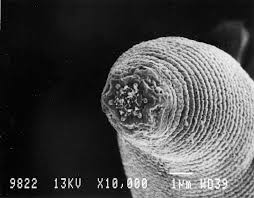
Discovered two miles beneath the Earth’s surface, the devil worm (Halicephalobus mephisto) lives in complete darkness under crushing pressure, surrounded by toxic gases and extreme heat. While most animals can’t survive without oxygen or light, this microscopic worm has adapted perfectly to its underground home. It feeds on bacteria in deep rock fissures, showing that even in the most inhospitable environments, life can still thrive. Its eerie name reflects the fact that it lives in conditions that are more like a fiery underworld than anywhere on the surface. The devil worm proves that life can go places we never thought possible.
2. Tardigrades
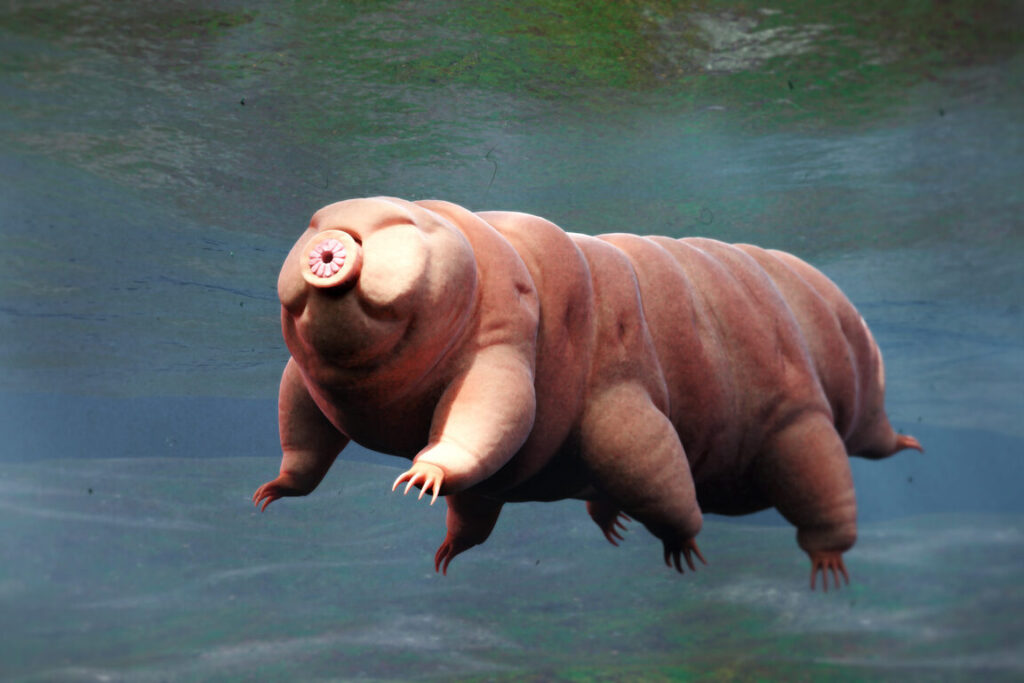
Life exists in places that seem more like science fiction than Earth. From volcanic vents to acid pools, extremophiles have evolved to endure heat, cold, crushing pressure, and radiation that kill nearly everything else. They prove that life can adapt in even the harshest conditions, surviving in environments that resemble “hell on Earth.”
Among the toughest are tardigrades, or water bears—tiny creatures that have withstood boiling, freezing, dehydration, radiation, and even the vacuum of space. When conditions worsen, they enter cryptobiosis, shutting down until it’s safe to revive, sometimes years later. Their resilience makes them one of the closest things to an immortal life form on Earth.
3. Pompeii Worms

Pompeii worms live near hydrothermal vents deep in the ocean, where temperatures can reach more than 175°F. For most animals, these scalding conditions would mean instant death, but the Pompeii worm thrives there. Its body is covered in a layer of bacteria that acts like a protective shield, helping it survive the extreme heat. These worms often huddle together in tube-like structures, creating little colonies in one of the most hostile environments on Earth. Despite living in constant danger from heat, pressure, and toxic chemicals, the Pompeii worm not only survives but thrives, making it one of the most heat-tolerant animals ever discovered.
4. Giant Tube Worms
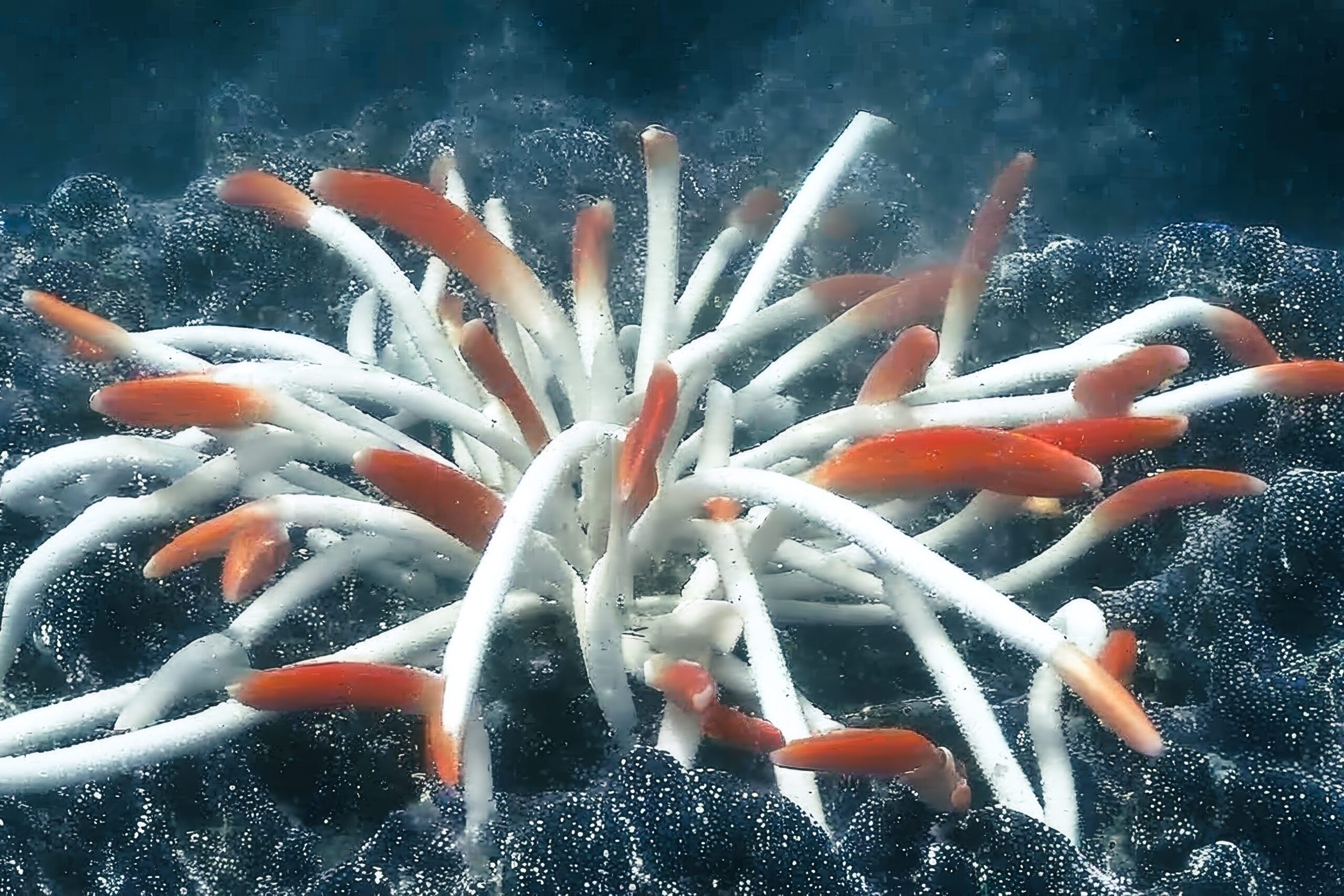
Deep in the pitch-black ocean near volcanic vents, giant tube worms live off sulfur instead of sunlight. They don’t have mouths or stomachs, instead, they rely on special bacteria inside their bodies that convert toxic chemicals into energy. Growing up to eight feet long, these worms create dense clusters around the vents, forming strange underwater forests of white tubes. The water around them is hot, acidic, and rich in minerals that would kill most creatures instantly. Yet for giant tube worms, this is the perfect home, showing just how adaptable life can be in even the harshest and most “hellish” corners of Earth.
5. Antarctic Icefish
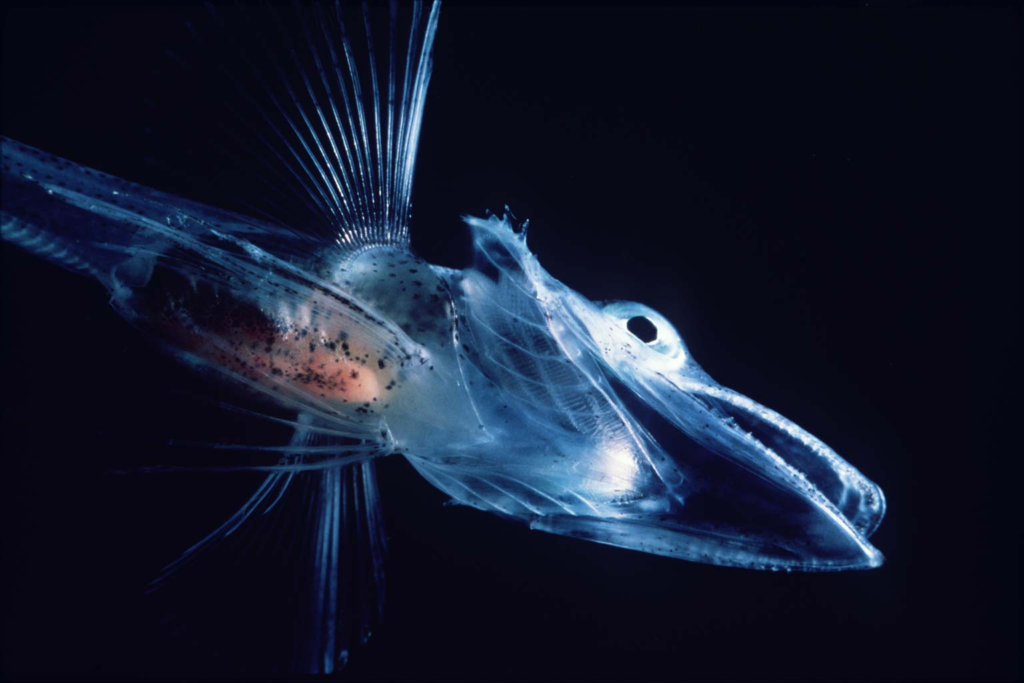
In the freezing waters of Antarctica, where temperatures drop below the point where most fish blood would turn solid, the Antarctic icefish has evolved a unique solution. Its blood contains special antifreeze proteins that stop ice crystals from forming, allowing it to swim comfortably in subzero seas. The icefish also has no red blood cells or hemoglobin, making it almost see-through, which is another adaptation to its icy environment. While most animals would be paralyzed by such extreme cold, the icefish not only survives but has carved out a thriving existence in some of the coldest, harshest waters on Earth.
6. Deinococcus radiodurans
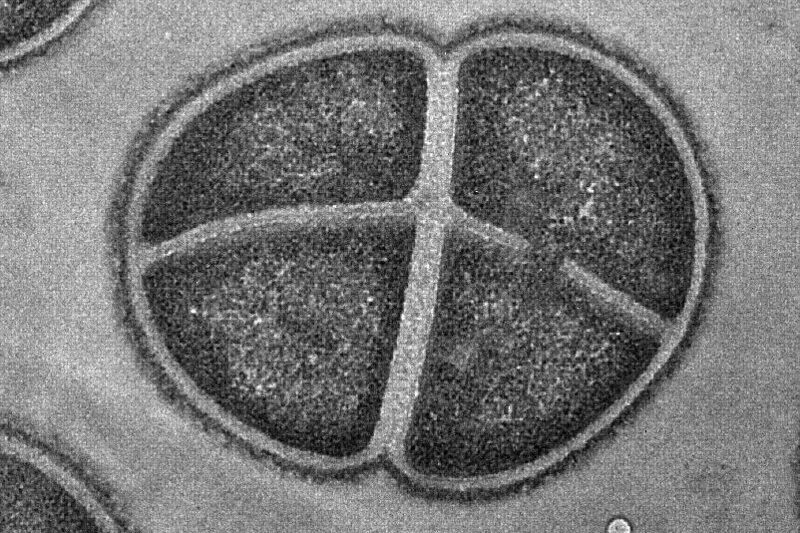
Often called “Conan the Bacterium,” Deinococcus radiodurans is a microbe that laughs in the face of radiation. While a dose of radiation strong enough to kill a human thousands of times over would obliterate most life forms, this bacterium survives without trouble. It has an extraordinary ability to repair its DNA when it’s shattered, piecing itself back together in hours. Scientists have even exposed it to the vacuum of space and intense UV light, and it still pulled through. Its resilience makes it a prime example of how life can endure conditions that seem truly impossible, thriving in places where nothing else should exist.
7. Brine Shrimp

Brine shrimp, sometimes known as sea monkeys, are small creatures with an incredible survival trick. They can live in water so salty that it would dehydrate most animals in minutes. When conditions become unbearable, brine shrimp produce cysts, tiny, durable eggs that can remain dormant for years without water. Once rehydrated, these cysts come back to life, releasing healthy shrimp ready to start over. This ability to essentially pause life until conditions improve makes brine shrimp one of the hardiest survivors on Earth. Their resilience shows that even the smallest creatures can handle environments that would feel like hell to almost everything else.
8. Acidophiles
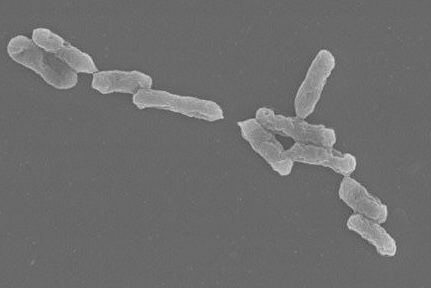
Acidophiles are microorganisms that flourish in environments as acidic as battery acid. Found in volcanic hot springs, mine drainage, and even acidic lakes, these microbes have cell structures strong enough to resist corrosive conditions that would destroy other life forms instantly. Some acidophiles can even survive in sulfuric acid, a substance that dissolves metal. Their unique ability to thrive in such conditions makes them key to scientific research, especially for understanding how life might exist on other planets with harsh environments. If hell had lakes of acid, acidophiles would feel right at home, proving their place among the toughest survivors on Earth.
9. Giant Squid
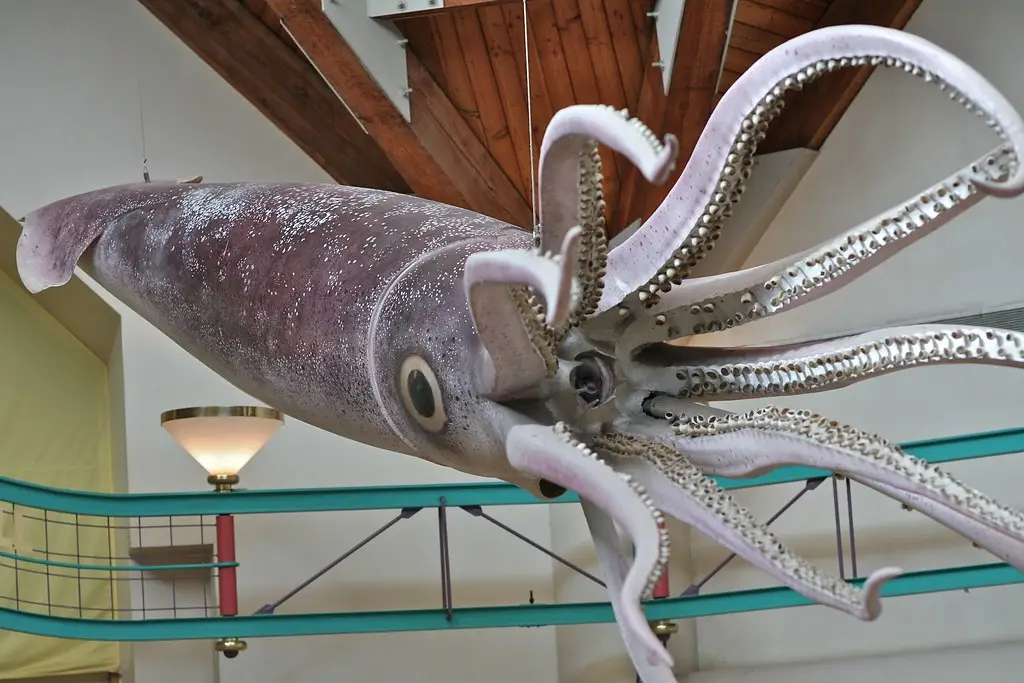
The giant squid is a mysterious deep-sea predator that thrives in the crushing pressures of the ocean’s darkest depths. While it doesn’t survive extreme heat or radiation like other extremophiles, it has adapted to a world that seems alien and inhospitable. Living thousands of feet below the surface, it withstands pressures that would crush submarines, all while hunting with enormous tentacles and powerful suction cups. Rarely seen by humans, the giant squid shows how life can adapt to a cold, lightless world that feels like an underworld of its own. Its sheer size and resilience make it one of the ocean’s most legendary survivors.
10. Mangrove Killifish
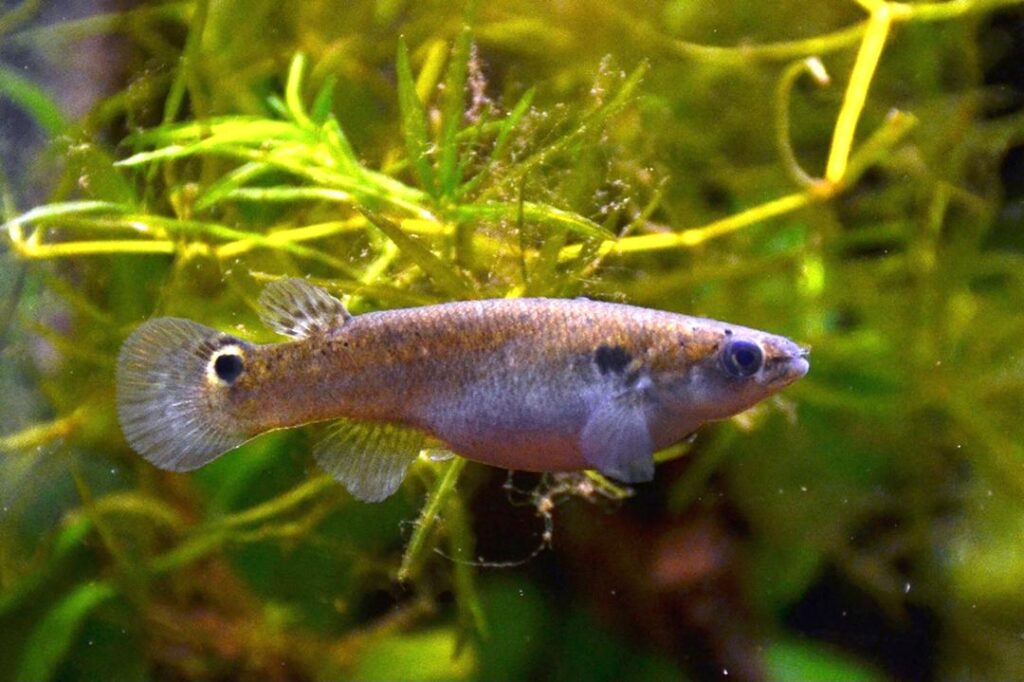
The mangrove killifish is one of the most unusual fish in the world because it can survive out of water for weeks. When its habitat dries up or oxygen runs low, it crawls into rotting logs or damp soil and breathes through its skin instead of its gills. This remarkable ability allows it to withstand conditions that would suffocate almost any other fish. It also reproduces in a rare way, many individuals can fertilize their own eggs, ensuring the species continues even in isolation. With its unique survival strategies, the mangrove killifish is proof that life can adapt to both water and land in ways that seem nearly impossible.
11. Scaly-foot Snail
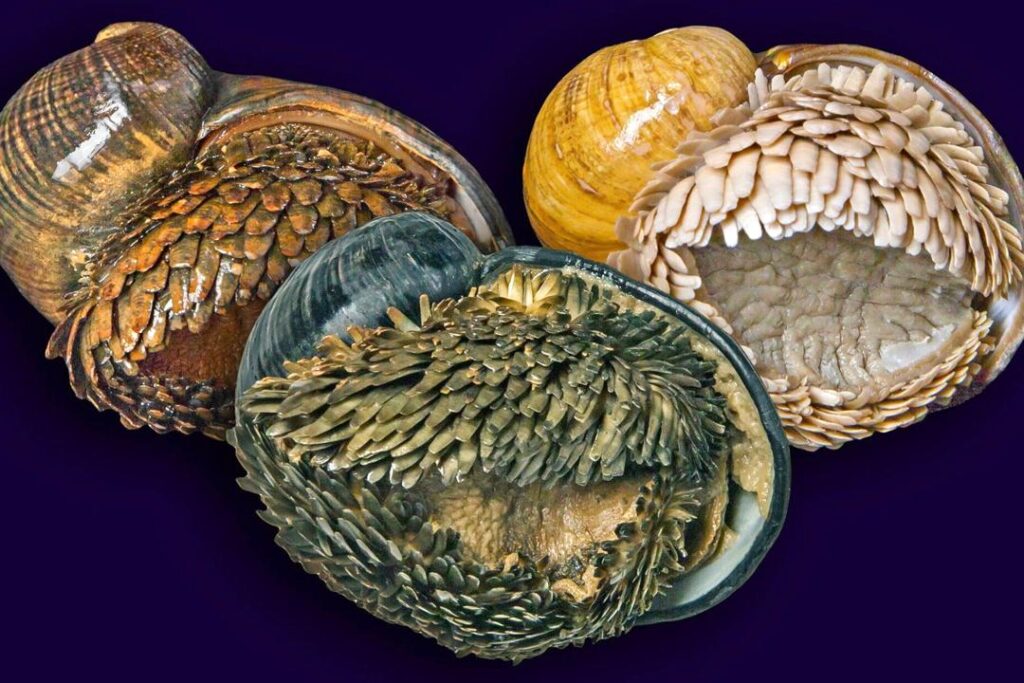
The scaly-foot snail lives near hydrothermal vents on the ocean floor, where heat and toxic minerals create one of the most extreme environments on Earth. What makes this snail extraordinary is its shell, which is literally armored with iron sulfides, the only known animal to use metal as part of its body. This natural armor helps it withstand both the crushing pressure and the searing heat of its habitat. The snail’s foot is also covered in iron-rich scales, making it even more protected. If any creature looks like it was built to survive in a fiery underworld, it’s the scaly-foot snail, a true survivor of hellish conditions.
This story 12 Creatures That Would Probably Survive in Hell was first published on Daily FETCH


